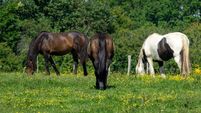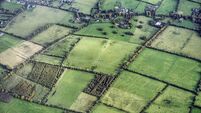Up to 112,000 to get stocking rate payments

The payments are expected to be worth between €66 and €77 per eligible hectare.
Going to less than 1.5 livestock units per hectare will be worth some money to 112,000 farmers in 2023.
Based on 2021 Basic Payment Scheme figures, that’s how many farmers will be eligible to participate in the Extensive Livestock Production Eco-Scheme option, which requires stocking rate between 0.15 and 1.5 livestock units per hectare.










